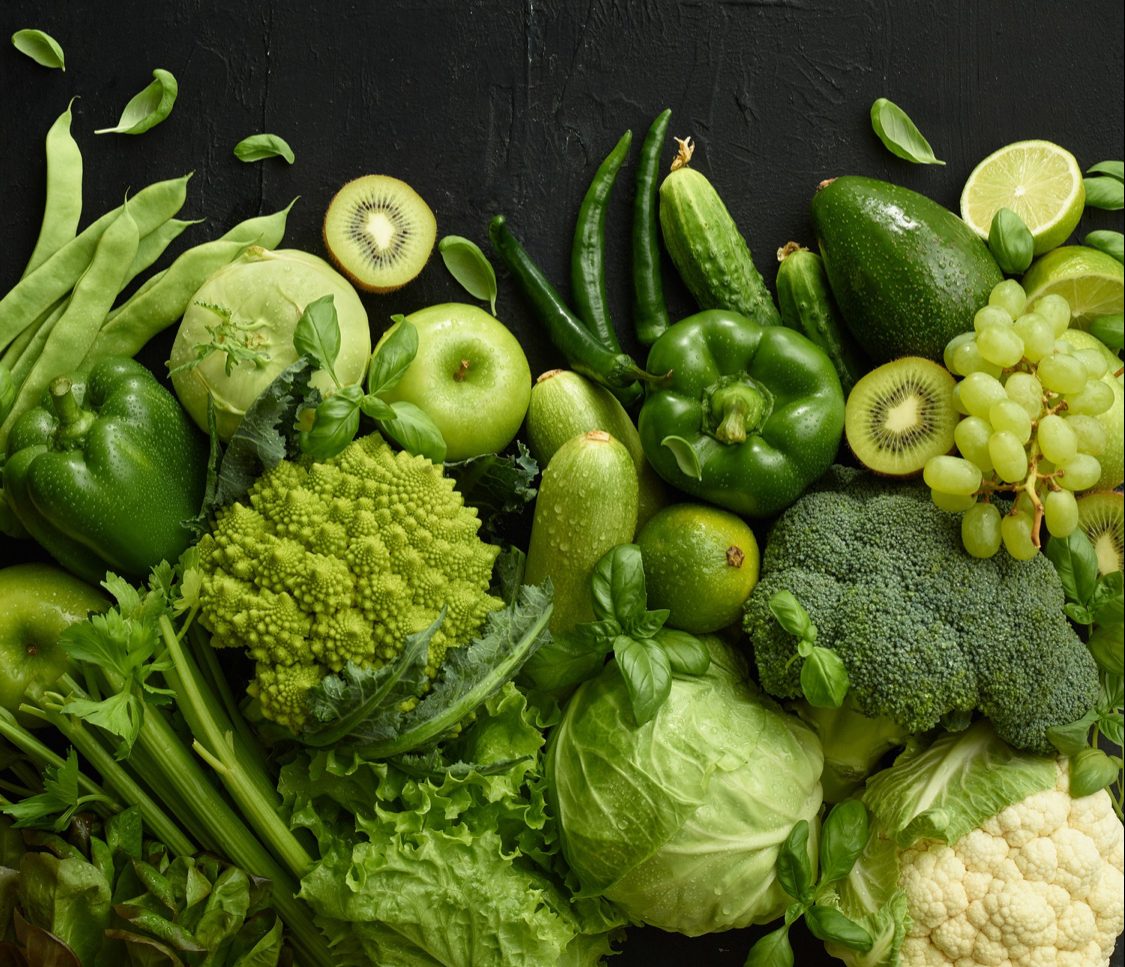Benzoic acid, naturally present in fruits, vegetables, and spices such as cranberries, tomatoes, and cinnamon, has long been valued for its antimicrobial properties. Used as a preservative for over a century, it plays a crucial role in modern food safety by preventing spoilage, extending shelf life, and reducing food waste. Its synthetic derivative, sodium benzoate, improves water solubility, making it particularly effective in liquid-based products. Food manufacturers rely on benzoic acid and its derivatives for their ability to inhibit the growth of mould, yeast, and bacteria, ensuring the safety and longevity of a wide range of food and beverages. Despite its widespread use, the safety, environmental impact, and long-term health effects of benzoic acid continue to spark debate. This article delves into the various uses, benefits, and considerations surrounding benzoic acid in food preservation.
Why Use Benzoic Acid to Preserve Food?
Benzoic acid is widely used in food preservation due to its natural antimicrobial properties, which help prevent spoilage and extend shelf life. Found in a variety of fruits, vegetables, and spices such as cranberries, tomatoes, cinnamon, and cloves, it can be added synthetically to packaged foods to enhance their preservation. By lowering the pH of food products, benzoic acid creates an acidic environment that inhibits the growth of bacteria, mould, and yeast. This makes it particularly effective in preserving acidic foods like fruit juices, pickles, and soft drinks, where the pH typically falls below 4.5. Through its use, benzoic acid helps maintain food safety and freshness for longer periods.
Applications in Food and Beverages
Benzoic acid and sodium benzoate are widely used in food products, including:
- Soft drinks and fruit juices: To maintain freshness and prevent spoilage.
- Pickles and salad dressings: For antimicrobial properties in acidic environments.
- Jams, jellies, and high-sugar foods: To deter microbial growth.
- Fermented vegetables: Such as sauerkraut, where preservation is key.
- Cakes and pastries: To extend shelf life without compromising taste.
In acidic conditions, benzoic acid and sodium benzoate effectively slow microorganism growth, making them indispensable for food safety.
Sources of Benzoic Acid

While manufacturers synthetically add benzoic acid to foods, it also naturally occurs in:
- Fruits: Cranberries, apricots, prunes, berries, and kiwis.
- Spices: Cinnamon, cloves, mustard seeds, and turmeric.
- Vegetables: Mushrooms, cucumbers, radishes, and spinach.
- Dairy Products: Yogurt and certain cheeses.
- Nuts: Cashews, almonds, and pistachios.
Consumers encounter small, safe amounts of naturally occurring benzoic acid through their diets.
Other Sources
Benzoic acid, or its derivative sodium benzoate, is added to various processed foods to prevent spoilage. Common examples include:
Benzoic acid and sodium benzoate are generally safe when used as intended. However, concerns include:
- Allergic Reactions: Some individuals experience itchy skin, hives, or chronic rhinitis.
- Hyperactivity in Children: Studies link sodium benzoate combined with artificial food dyes to hyperactivity in sensitive children.
- Toxicity to Cats: Benzoic acid is highly toxic to cats, with potentially lethal doses as low as 0.5 g/kg of body weight.
- Microbial Contamination: Despite its preservative properties, benzoic acid doesn’t eliminate all microbial risks, emphasizing the need for proper handling and hygiene.
Other Uses Beyond Food Preservation
Beyond food, benzoic acid serves various industries:
- Pharmaceuticals: As an ingredient in topical antifungal and antibacterial medications.
- Cosmetics: To prevent microbial growth in lotions, creams, and other beauty products.
- Industrial Products: Found in liquid detergents, polishes, and waxes for increased stability and shelf life.
Benzoic Acid vs. Sodium Benzoate: Key Differences
As mentioned above, benzoic acid and sodium benzoate are related compounds but differ in composition, solubility, and applications.
Benzoic acid is a naturally occurring organic compound found in foods like berries, cinnamon, and fermented dairy. It appears as a white crystalline solid and is slightly soluble in water. Its primary role in food preservation lies in its antimicrobial properties, which inhibit the growth of bacteria, mould, and yeast in acidic environments.
Sodium benzoate, on the other hand, is a synthetic derivative created by neutralizing benzoic acid with sodium hydroxide. This conversion enhances its solubility, making it ideal for use in liquid products like sodas, fruit juices, and condiments. In acidic conditions (pH below 4.5), sodium benzoate converts into benzoic acid, becoming effective as a preservative.
While both are approved for food preservation, sodium benzoate is more widely used due to its solubility and ease of application in various products.
Conclusion
Benzoic acid is a highly effective preservative, but its application comes with challenges. Concerns about allergic reactions, environmental impact, and sensitivities in certain populations highlight the need for careful usage. Food manufacturers should prioritize transparency by clearly labelling benzoic acid content and exploring natural alternatives. Consumers can mitigate risks by washing produce, moderating processed food intake, and selecting products with minimal additives. Balancing safety and sustainability, benzoic acid remains a cornerstone of modern food preservation, bridging practicality and consumer health.
 Food Manifest
Food Manifest 
















